El jardí de PeterPeter Buch (b. 1938)
About the Artist/Site
During the 1960s and 1970s Spain experienced a new tourism, as Franco’s ministers tried desperately to bring in hard cash from the outer world. Among those who began to take advantage of the lure of the sunny beaches were hippies from the northern countries, searching for an alternative life style; some of them stayed and made their homes here.
Among these early expatriates was Peter Buch, born in Frankfurt, Germany. Always interested in art, he tried taking classes but was thrown out by his instructors who were unimpressed by his creative attempts to explore aesthetics in a manner antithetical to postwar German schooling. Traveling with his girlfriend to the Balearic Islands, he became a house painter to survive; after the Islands became more popular with the international jet-setting crowd, and consequently more expensive, he looked for another place, on the mainland, in which to settle. He found such a spot in a small mountain village at the end of the road, in the eastern sierras of Valencia’s Castellon province. He bought a house in 1985, and later, he also purchased an open area outside of town, where it was quieter and he could garden.
Although Buch had always painted and drawn, and is aware of the mainstream contemporary art world, he pays it little attention, and is generally not current in his knowledge of trends and genres. He was drawn to the rocky landscape and wanted to try his hand at sculpture, not knowing what he was going to do until he was actually doing it. He started creating small buildings, continuing with the rather fantastic, imagistic vocabulary he had developed as a painter. He built up the walls with the rocks found on site, adding earth and small stones to set them and smooth out the shapes. He then covered the infrastructure with concrete, adding bits of broken tiles that he found in the garbage or that friends would start to bring him to ornament the structures. After the first building or two collapsed, he received some informal advice from some friends who had studied architecture, so now adds metal supports within the walls and to frame the roof. Yet he stresses that he never plans anything out; that would be too boring for him, and he prefers to work spontaneously. He uses small hand-tools, mixing his cement by hand in small batches that won’t dry out as he slowly works up the sides of the structures and figures; as of late 2011, six buildings and hundreds of animals and figures populated the mountainside site of 3 ½ hectares.
Although Buch has had some publicity, few people actually make the trek up the mountain road to see his work, and the locals are either not interested in or intimidated by the work. And although he is clearly desirous of a greater audience for his work, he also revels in the freedom that working in the middle of nowhere provides for him. He has neither asked for nor received permission to build, and he likes it that way.
~Jo Farb Hernández, 2013
Contributors
Map & Site Information
, 12599
es
Latitude/Longitude: 40.695453 / 0.168227
Nearby Environments


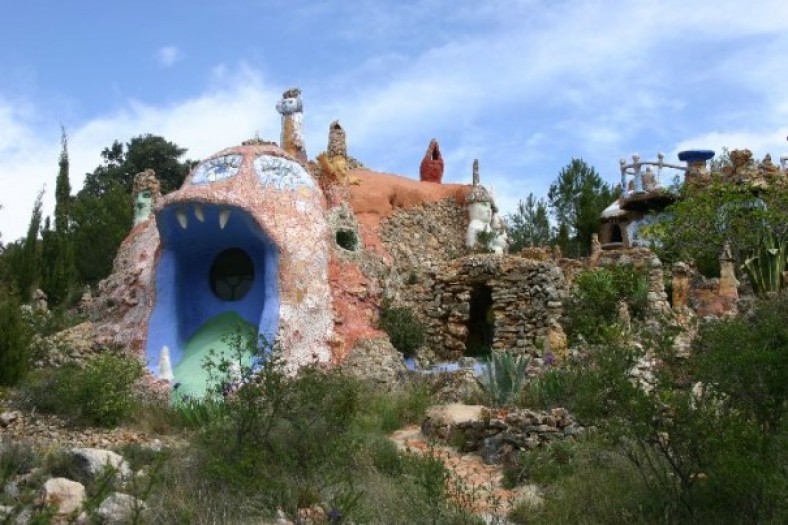
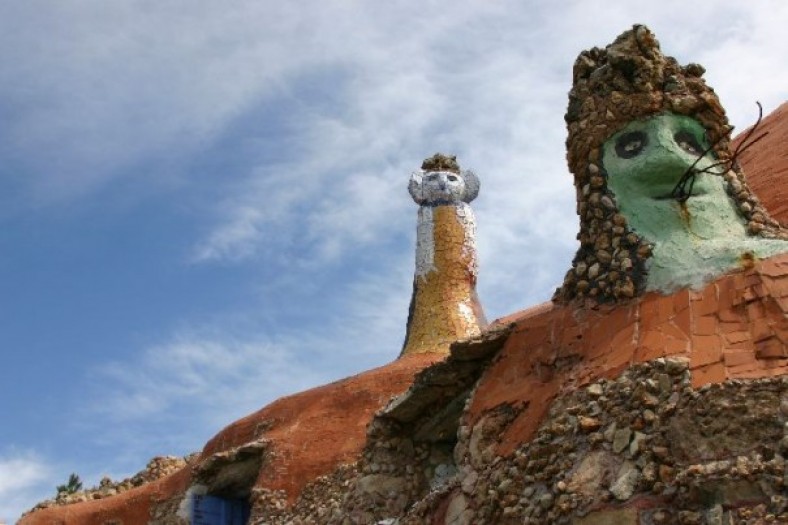
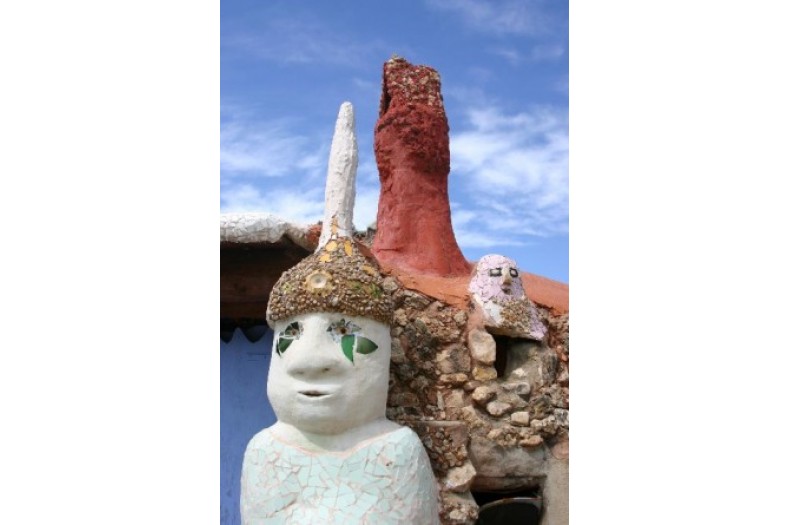
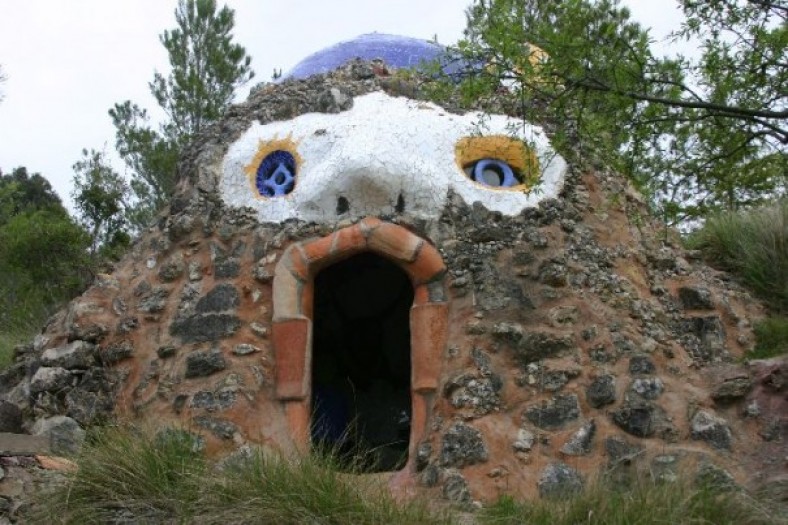
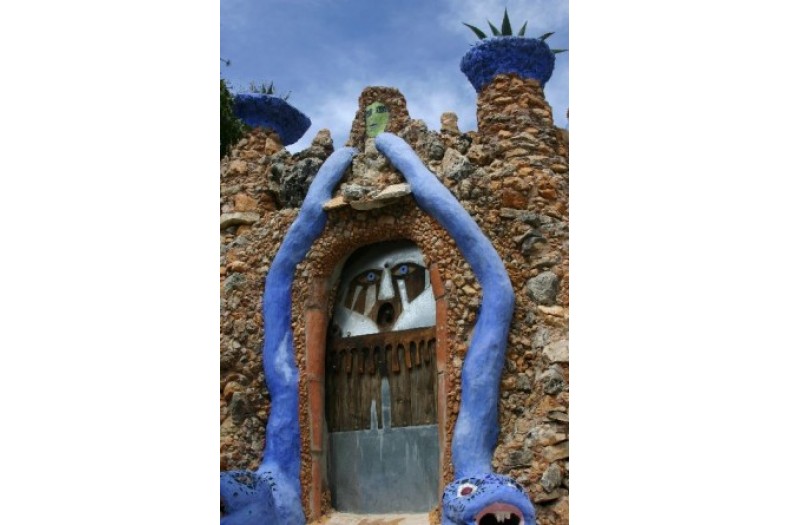
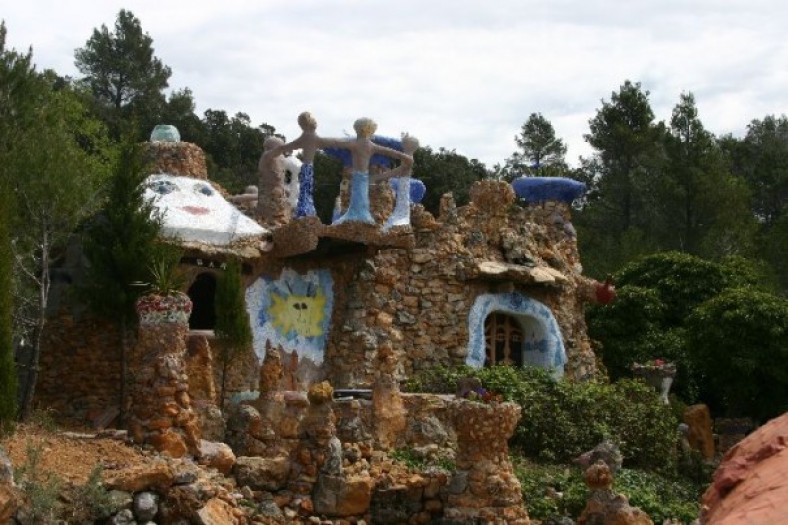
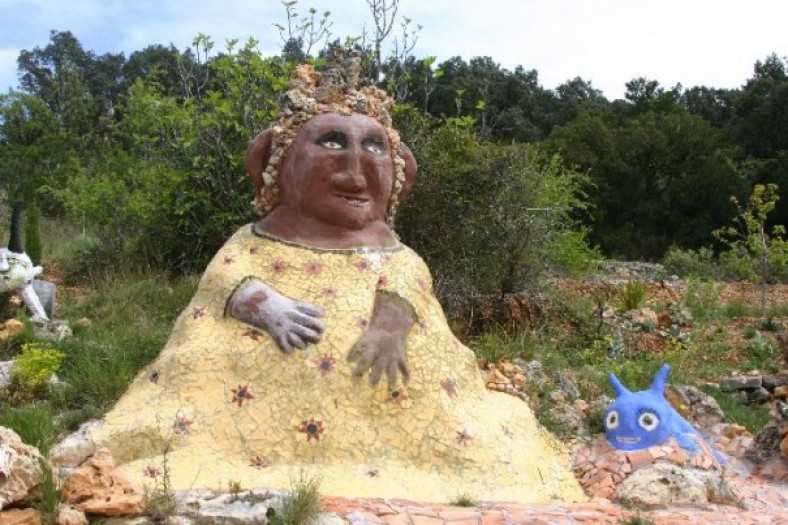
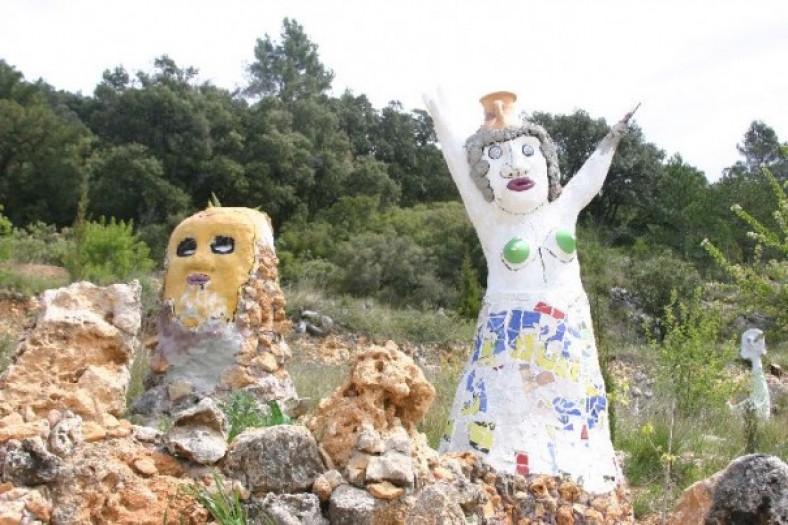
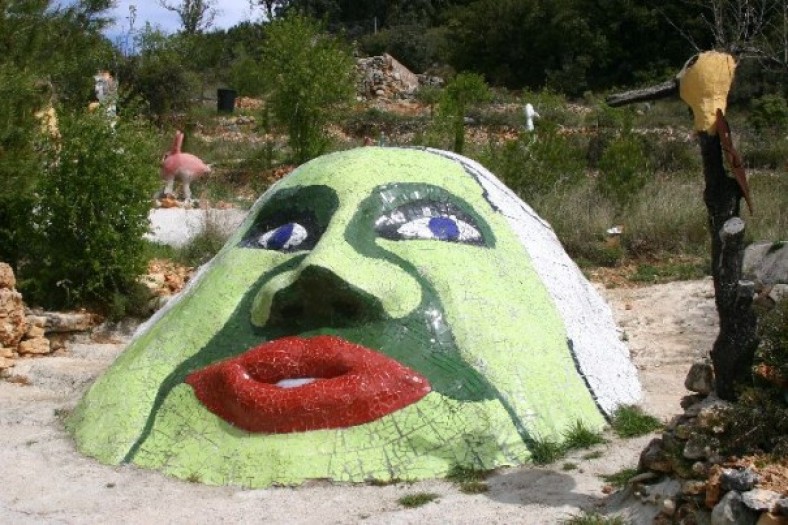
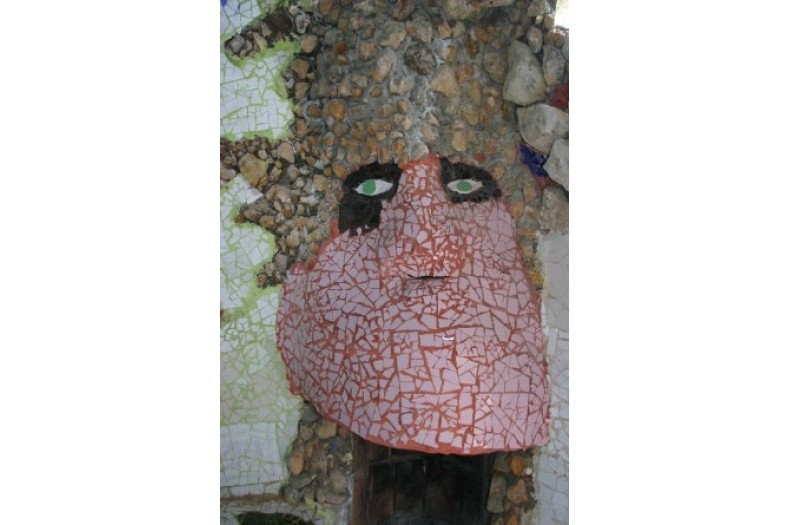
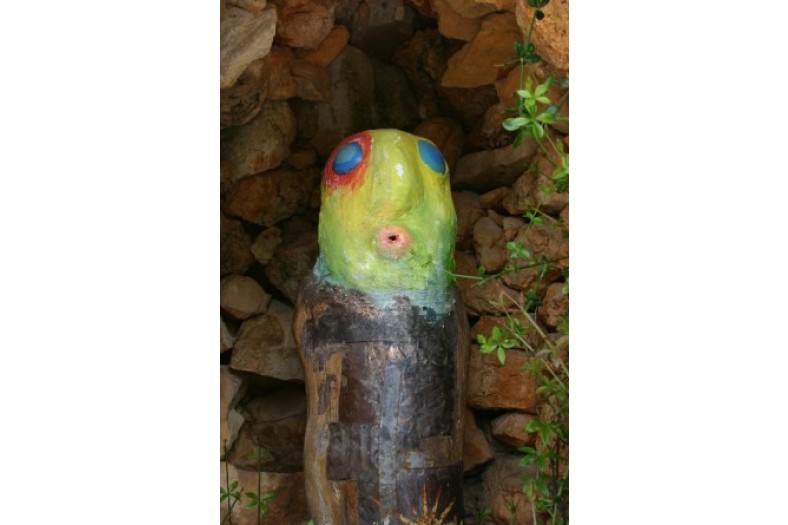
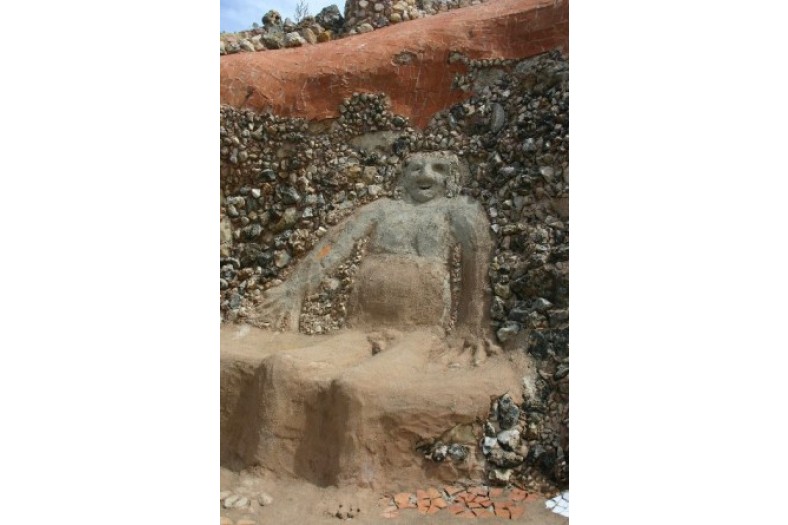
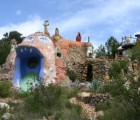
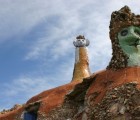
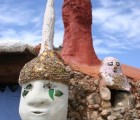
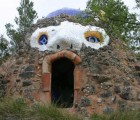
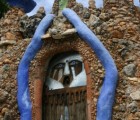
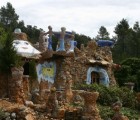
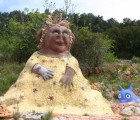
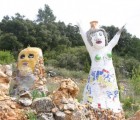
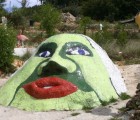
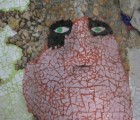
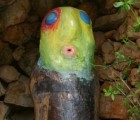
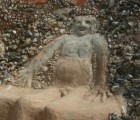
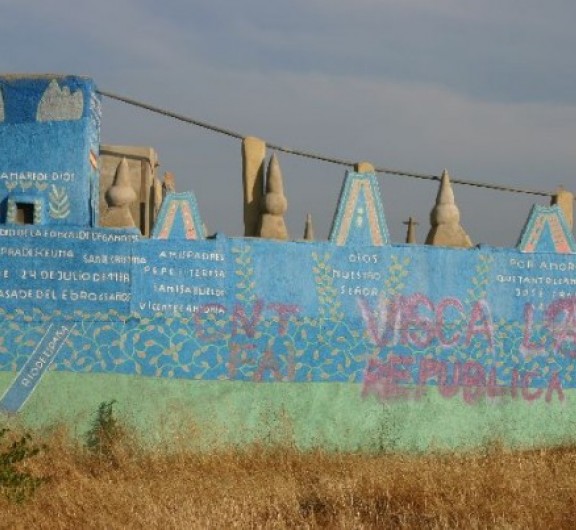
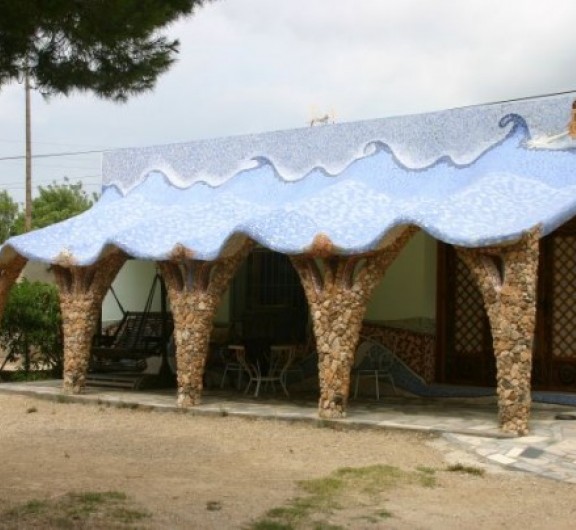
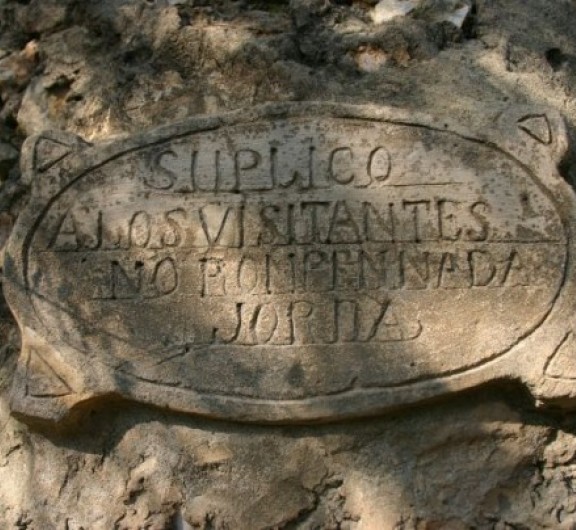
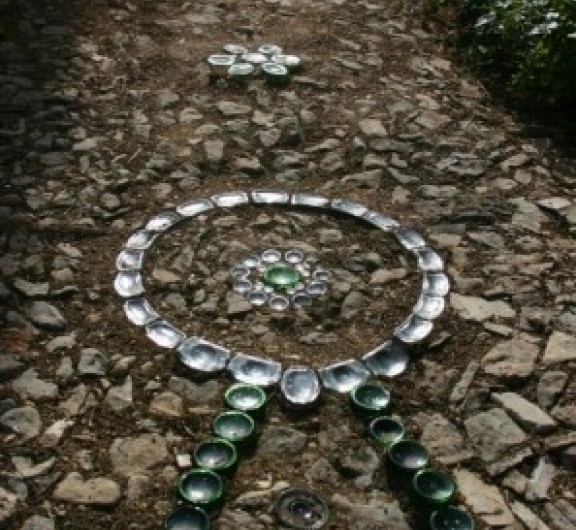
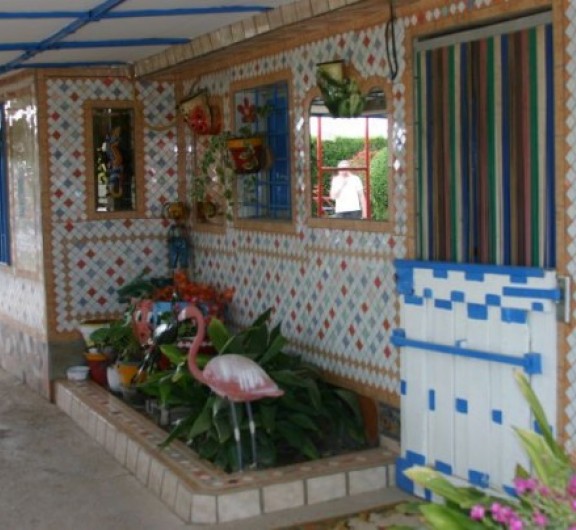
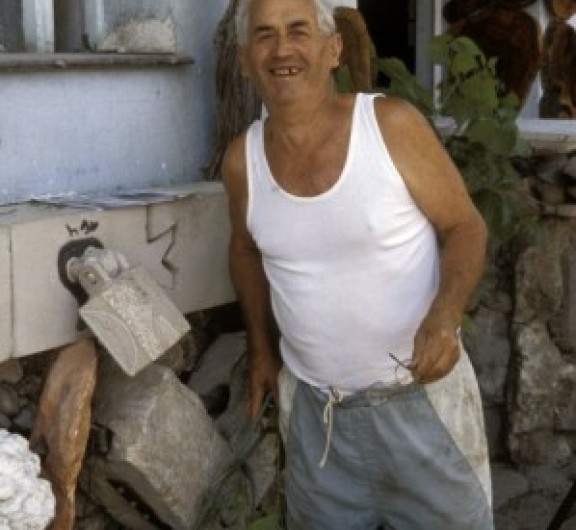

Post your comment
Comments
No one has commented on this page yet.